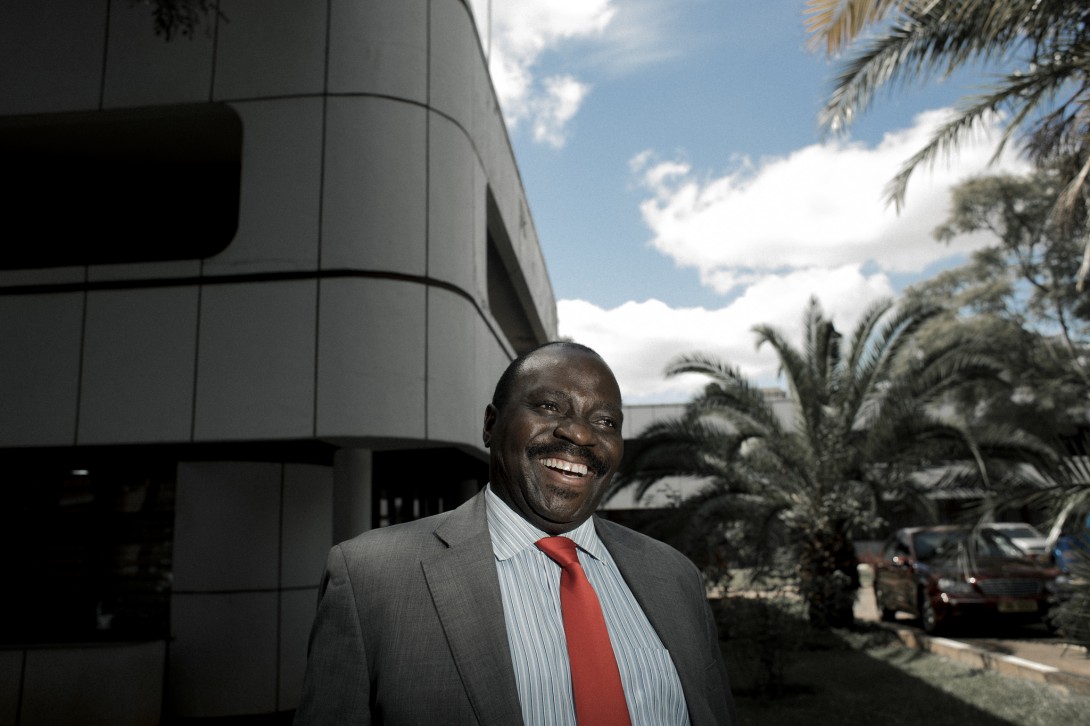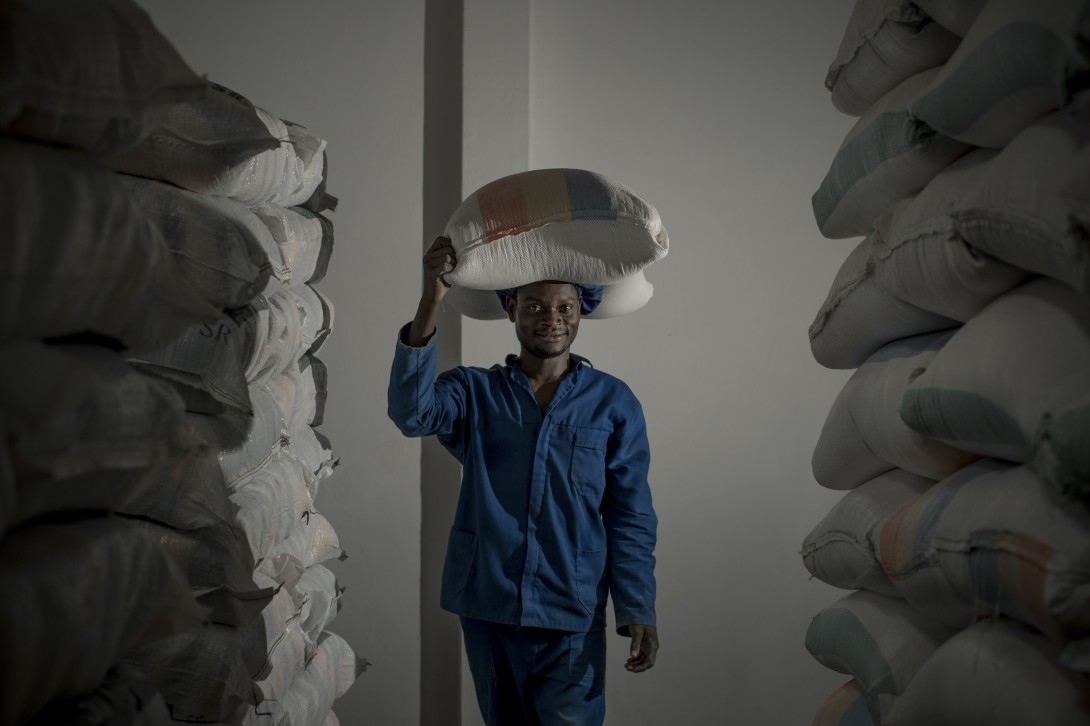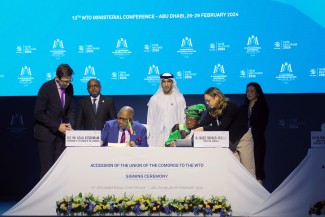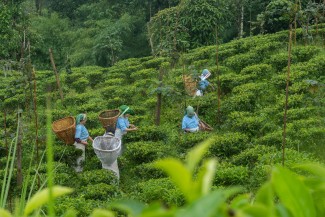Malawians are forging new markets for their agricultural exports, within and without Africa
In the “Warm Heart of Africa,” as Malawi calls itself, agriculture is what drives the beat.
Approximately 80 percent of the population of 19 million consists of smallholder farmers, who work plots of land of less than one hectare. The country is one of the world’s poorest.
In a bid to leverage the potential of its people and possibilities of its land, the Government of Malawi is pursuing a targeted strategy to boost the country’s agriculture exports and engage new markets — all in order to reduce poverty and improve conditions for Malawians.
“Malawi developed a diversification strategy in 2013 — taking into consideration the increased trade imbalance — and we implemented the National Export Strategy to deal with issues relating to enhancing our productive capacity,” said Christina Chatima, Director of Trade at the Malawi Ministry of Industry, Trade and Tourism.
“One pilot effort has supported smallholder farmers, and we have seen that enhanced productive capacity has been achieved. The farmers involved benefited a lot in income, and poverty levels have really gone down: so, we are very happy to be working to achieve the implementation of the export strategy, as well as the government agenda in terms of poverty reduction,” she said.
The arable land in the country is largely planted with maize and tobacco. The government’s plan looks to expanding markets for new agriculture items for export, including higher value processed items ranging from salted peanuts to soybean cakes and powder.
The return on these more expensive items means improved incomes for rural farmers: via better prices for their harvests, jobs for people in processing centers in Lilongwe, and more opportunities for Malawi-born businesses and cooperatives.

GOING TO MARKET
Finding and strengthening markets is a cornerstone of the country’s trade plan, and the Malawi Investment and Trade Centre (MITC) is directing its efforts to penetrating regional markets, promoting Malawi-made products based on research and demand, and creating special economic zones.
MITC CEO Clement Kumbemba said, “the focus of our government now is to increase trade, because we see trade as the only sustainable route to our development… Trade must be strategic, and the production that our farmers and our industry is focusing on is informed by what MITC does in helping to secure markets, because we believe as a country that our production must be demand-driven.”
New markets for Malawian goods have been forged in Zimbabwe and South Africa, among others, amounting to US$47 million in exports. And, with a government office that includes a marketing specialist now established in Tete, the capital city of the Tete province in Mozambique, making connections and determining what importers want is even easier.
Market research in Tanzania and Zambia has helped to identify gaps, and MITC is also working with local businesses to enhance their marketing capabilities based on research findings.
“The economy has benefitted very much from the integration. The Ministry has worked closely with MITC in terms of enhancing markets for some of our products… We have seen exports of a lot of agro-processed products to the region, so this partnership has had a very big impact in Malawi,” said Chatima.

FIRST HARVEST
That partnership comprises Malawi’s Ministry of Industry, Trade and Tourism; the Enhanced Integrated Framework (EIF); MITC; and the National Smallholder Farmers’ Association of Malawi (NASFAM), all working toward increased and sustainable trade in the country’s agricultural yields.
Agriculture accounts for approximately 1/3rd of Malawi’s GDP; the sector is an essential one that definitely has room to grow.
“My feeling is that we are making progress. We have realized after negotiating all these markets that they need products and that means we need to enhance our capacity. So we are not only talking about working in isolation, we are looking at how we work together in these value chains to achieve the diversification and the industrialization path that the government has undertaken,” Chatima said.
That working together is expanding even further with the target to create zones, in conjunction with the World Bank, to facilitate trade and business across borders, modeled after successes for countries in the region like Ethiopia.
“Agriculture remains the bedrock of our economy, and what is coming out as paramount is that we find a way of speeding up agricultural investments in Malawi. One quick way, looking at the economic models that have prevailed in the world, is the creation of special economic zones and for Malawi the sector to start with has to be agriculture,” Kumbemba said.
He added, “as a country we are very excited because these special economic zones will open up Malawi to attract more companies in agro-processing. It will see the creation of many jobs for our youth and for our women.”


INSIDE AND OUT
At NASFAM’s processing center in Lilongwe, women work at sorting groundnuts while machines sit at the ready to shell, to blanche, and to bag. Men carry large burlap sacks full of fragrant rice ready for export, perhaps to one of MITC’s recently-forged markets in South Africa.
A few hours’ drive from there near the border with Zambia are NASFAM’s groundnut fields, where the mingling of the goals of country and individual stand manifest.
Bester Glandson is part of one of the pilot efforts to improve Malawi’s agricultural production, trained how to plant soy and groundnuts on a one-hectare plot of land she was loaned by NASFAM. This education and land has meant a lot to a woman raising two small children, as she has built a brick home with her earnings and has extra cash for her kids.
“I used to not have a house. I was unable to look after my children… My life has improved a great deal,” Glandson said against a backdrop of mountains marking the border, standing amidst soy crops to be harvested the next day.
The soy and groundnuts she has planted and harvested herself over three years can now be sold raw to buyers in Mozambique, shelled and blanched for sale in Zambia, or roasted, salted and sold as fair trade in the United Kingdom. And, with NASFAM’s pilot work seeing average farmer incomes more than double, smallholder agriculturalists like Bester, MITC’s newly found buyers and markets, and the Government are all winning.
“Malawi’s work — from a targeted trade strategy implemented through improved farming, processing, and opening access for firms to international markets — is a great example of how informed trade planning can work for development goals,” said EIF Coordinator Simon Hess.
“EIF looks forward to even more export markets for Malawi and through this increased productivity and income for farmers.”
If you would like to reuse any material published here, please let us know by sending an email to EIF Communications: eifcommunications@wto.org.



